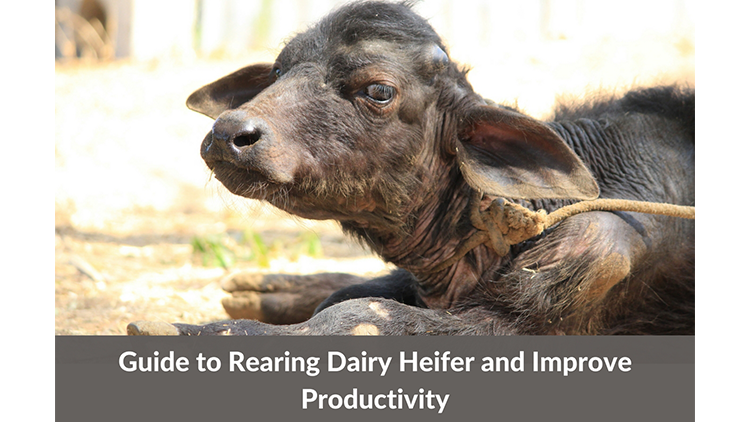Milk Fever or Hypocalcemia in Dairy Cattle
Parturient Paresis is an acute condition that prevails mostly during or soon after parturition (usually within 72 hours of calving) in high-yielding dairy cows. Hypocalcaemia is a deficiency triggered at the onset of lactation following childbirth when demand for calcium increases, given a high quantity of milk produced at this time. In the process, a considerable amount of calcium is lost from the blood; the rapid decrease in blood calcium affects the muscle contractions making the cow unsteady on her feet for a while before going down completely.
Additional reasons that are associated with causing milk fever include feeding rations containing excess dietary potassium or excessive growth of bone owing to the increased level of gonadal hormones. Besides, metabolic disorders like displaced abomasum, prolapsed uterus, retained placenta, etc. can cause clinical and sub-clinical Hypocalcemia. Thus, dairy farmers must understand the importance of animal husbandry and take up ways to deal with diseases and infections like this. They can employ a dairy herd management software to monitor cows’ activities and keep a close watch on them to prevent any foreseen problems. Here’re the symptoms to identify Milk Fever and ways to prevent or control it.
Milk Fever Symptoms
Phase 1: The first stage lasts for a short duration, up to 1 hour, and might go unnoticed. The common indications at this stage include weakness, loss of appetite, hypersensitivity, restlessness, weight shifting, excitability, and occasional body tremors. The cow experiences unbalanced mobility and shifts body weight in the hind legs. If no calcium therapy is administered during this one hour window, it will progress to phase 2.
Phase 2: The second phase is quite long and may go on up to 12 hours. The cow appears dull and finds difficulty in moving followed by drying up of the muzzle and dropping body temperature. Tachycardia prevails at this time causing the heart beats to increase dramatically by more than 100bpm but may not be observed visibly. The cow can no longer stand and hence, may lie down firmly (recumbency). The smooth muscles in the cow become paralytic so it will feel difficulty in defecating and urinating and may also experience constipation. The cow will gradually tuck its head into the flank. If the cow is not treated at this stage, it will progress to the next stage.
Phase 3: This stage is comparatively severe wherein the cow loses nearly all the ability and strength to stand and move accompanied by shallow body temperature and high heart rate of over 120bpm. The cow stops responding to stimuli, becomes laterally recumbent, and may suffer from extreme bloat. If no intravenous treatment is administered, the cow will slip into a coma and die soon after, probably in a few hours.
Milk Fever Treatment
- The affected cows should be treated immediately with 300ml (or up to 600ml) or 40% calcium borogluconate solution.
- Alternatively, combined mineral solutions can also be used that contain phosphorous, magnesium, and dextrose that may be in low proportions in the cows’ blood during milk fever.
- Always keep solution packets and injection ready for emergencies like this. All the tools and the medical kit must be kept sterilized before injecting at the affected area.
- The farmers should consider calling a veterinarian for assisting them in injecting the solution, especially if it’s to be done into the vein. If the treatment is not carried out correctly, it may give rise to other problems.
- The cows in recumbency must be supported to bring them into a regular resting position to relieve them of bloat. If the cow is not responding to the treatment or the weather conditions are unfavourable, it is best to shift the cow to another place/shelter to prevent exposure to the harsh climate. Provide continuous access to clean drinking water and adequate feed.
- The cows that have recovered must not be milked for at least the first 24 hours post-recovery. However, the milking process can be commenced over the course of the next 2 to 3 days with a gradual increase.
- Maintain a record of cows’ illnesses/infections and corresponding medications are given using a cattle record-keeping software, for future reference and ease in taking actions quickly if such situations repeat.
Round-up
What kind of disease management practices do you follow at your farm? Share them right below in the comments section, and check out our blog to learn more about ways to improve dairy farming.



